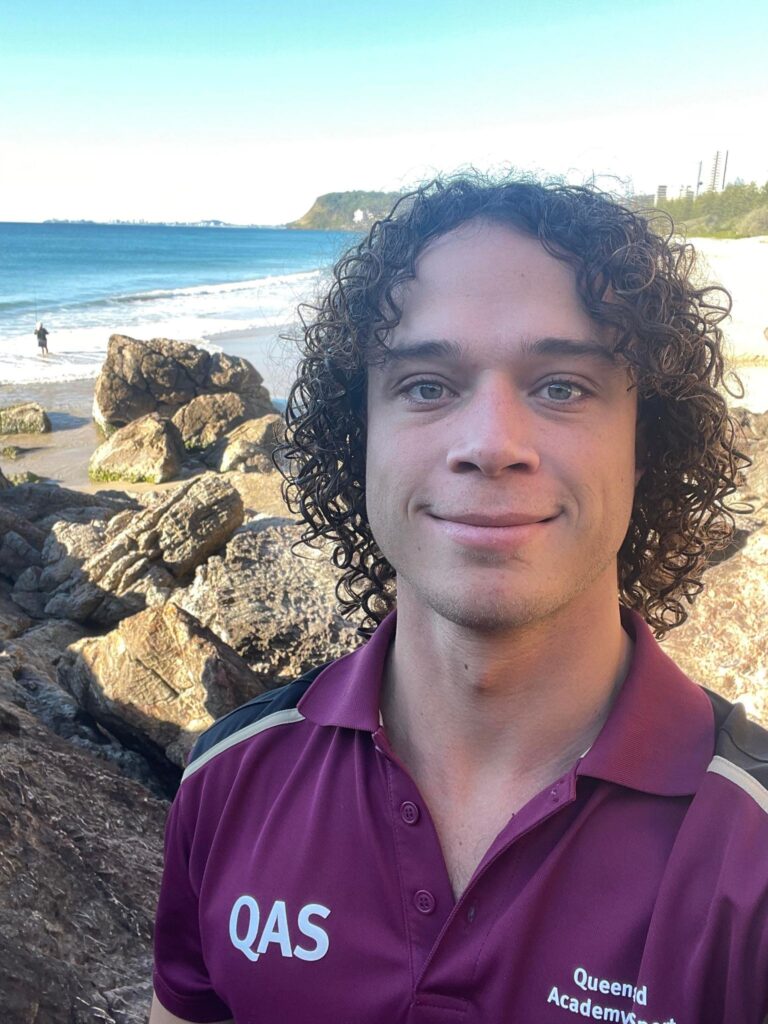As Australian swimming athletes proved their conviction with terrific success at the Paris 2024 Games, Griffith University researchers have devised a new strategy to help athletes avoid one of the most common injuries in competitive swimming.
Shoulder injuries are prevalent for competitive swimmers, but there is a limited understanding of cause and risks.
Taking a novel approach, researchers worked with coaches, elite swimmers and experts to identify the most important shoulder injury risk factors in competitive swimming.

School of Health Sciences and Social Work, Exercise Science PhD Candidate Alec McKenzie said the research aimed to identify the most effective prevention protocols to develop a new training protocol to prevent shoulder injuries.
"There is still very little research about the causes of shoulder injury in professional swimming, and athletes and coaches have needed to rely on their own personal experiences," Mr McKenzie said.
"We've gleaned valuable first-hand data from within the competitive swimming community and pooled it into a resource to determine the top three shoulder injury risk factors for competitive swimmers.
"This emerging practice in exercise science allowed us to identify evidence-practice gaps and give coaches and athletes new tools to help elite athletes realise their full potential."
In partnership with the Queensland Academy of Sport and Swimming Australia, researchers worked with 27 elite swimmers, coaches, high-performance staff and applied researchers.
The experts involved then pointed out the best direction for future research.
The research identified swimming practitioners should prioritize the monitoring and address of these risk factors within their injury prevention strategies.
The top three key shoulder injury risk factors for competitive swimmers includes:
- Low posterior shoulder strength-endurance
- Poor stroke technique
- Inconsistent/acute increases in training load.
The study allowed researchers to identify emerging ultrasound technology as a potential new norm in monitoring shoulder tendon health, which picked up subtle changes better than a Magnetic Resonance Imaging (MRI) scan.
Co-author and School of Health Sciences and Social Work, Exercise Science Dr Steven Duhig said the strategy allowed them to compare the changes in the muscle tissue with the athlete's training program to discover how athletes were responding to training.
"The strategy allows us to gather data about the effect of a swimmer's training program to identify potentially ineffective or inappropriate protocols," Dr Duhig said.
The research paper, Identifying evidence-practice gaps for shoulder injury risk factors in competitive swimmers: uniting literature and expert opinion was published in the British Journal of Sports Medicine.







